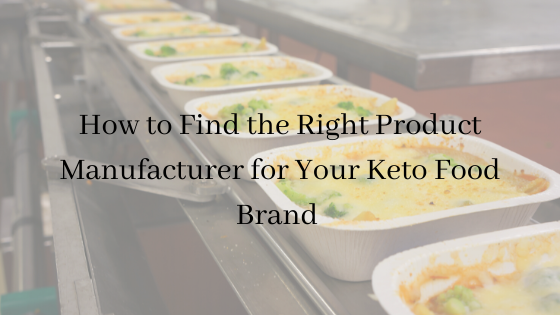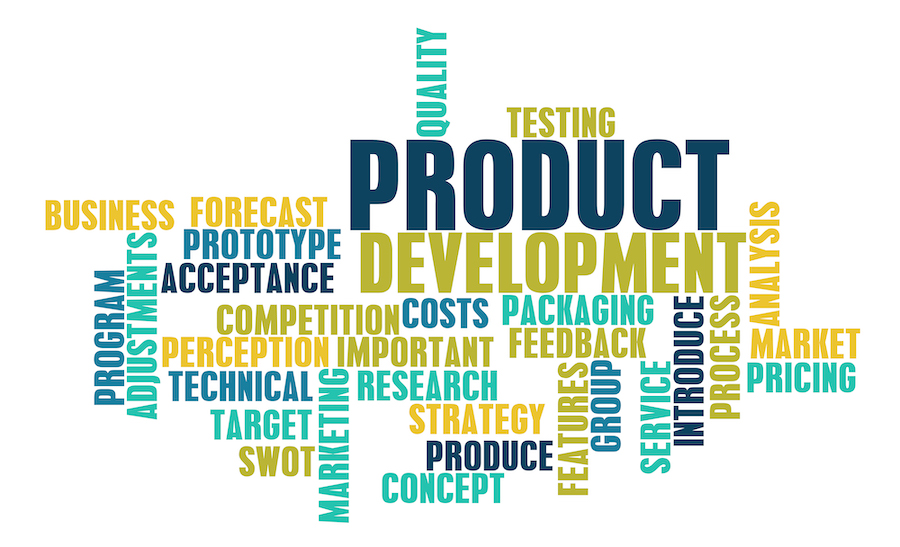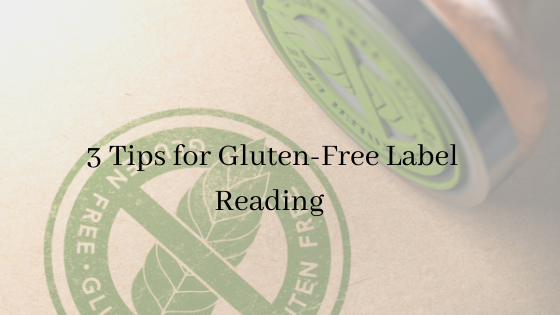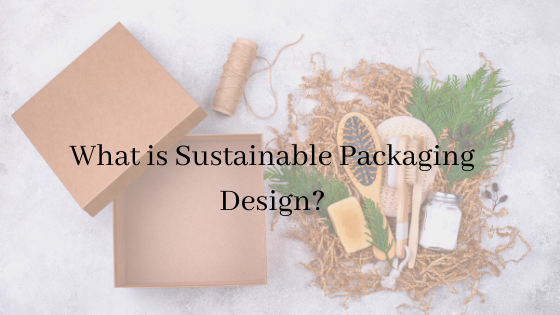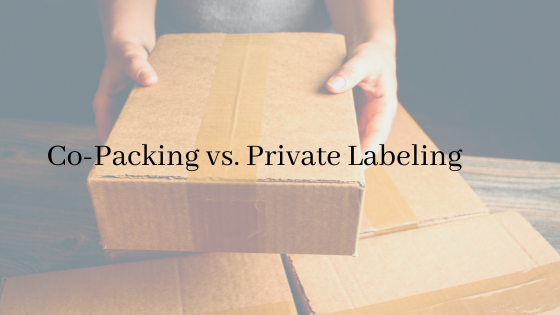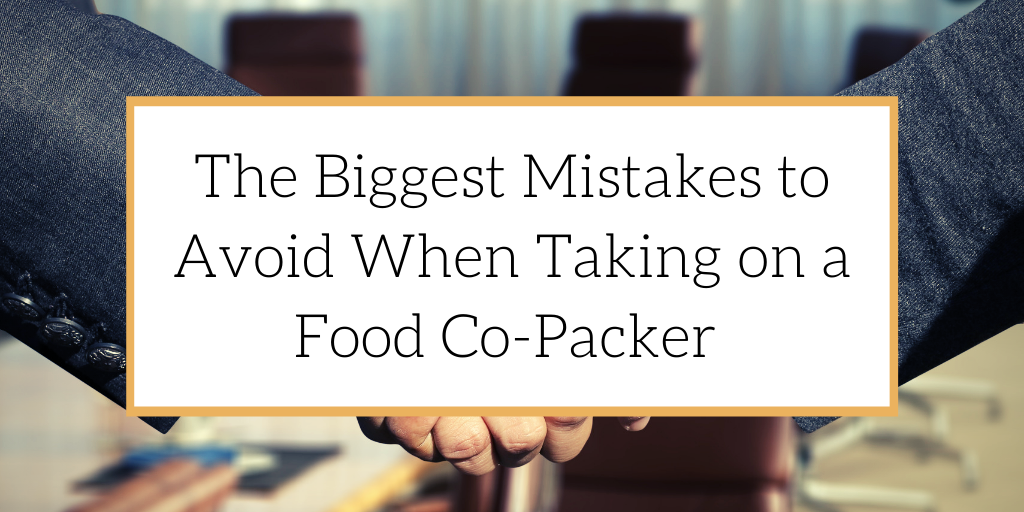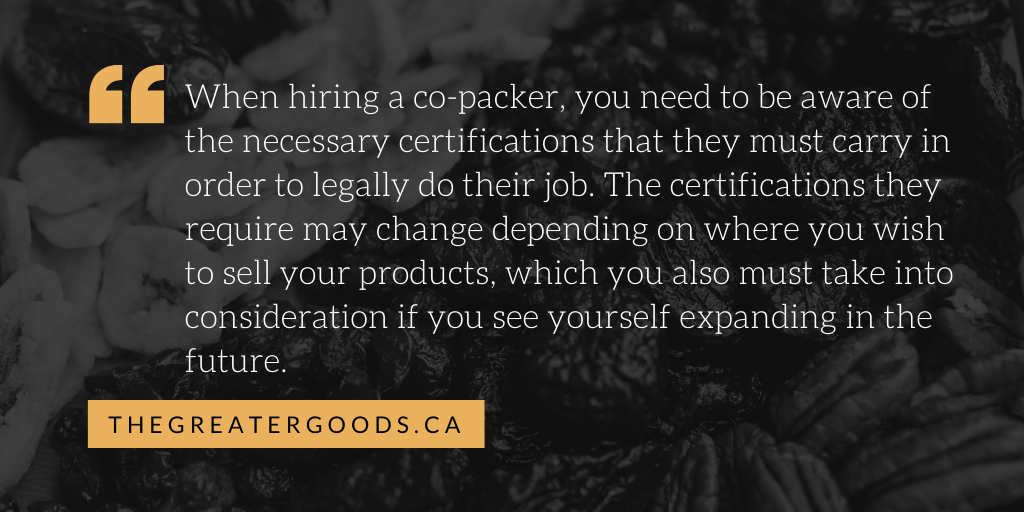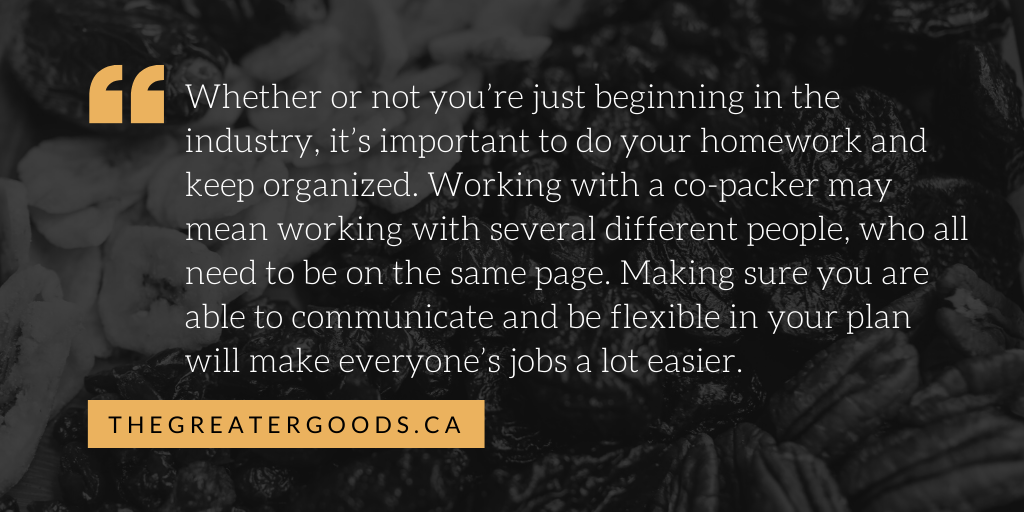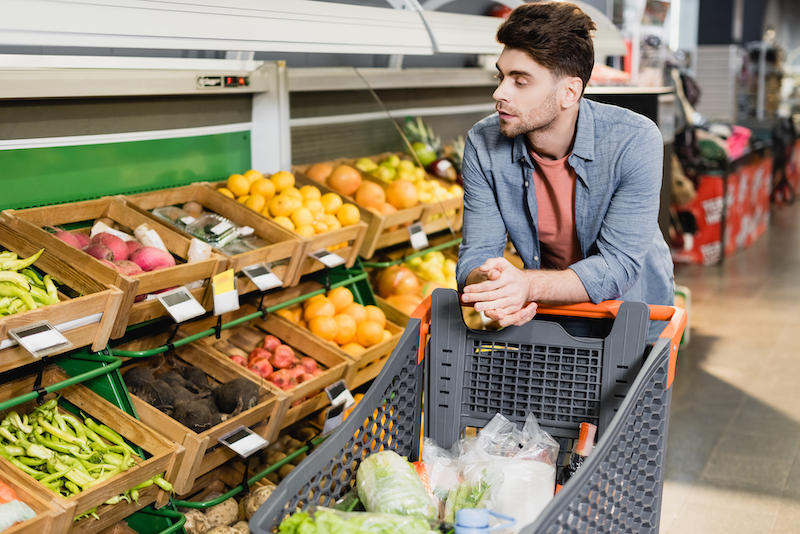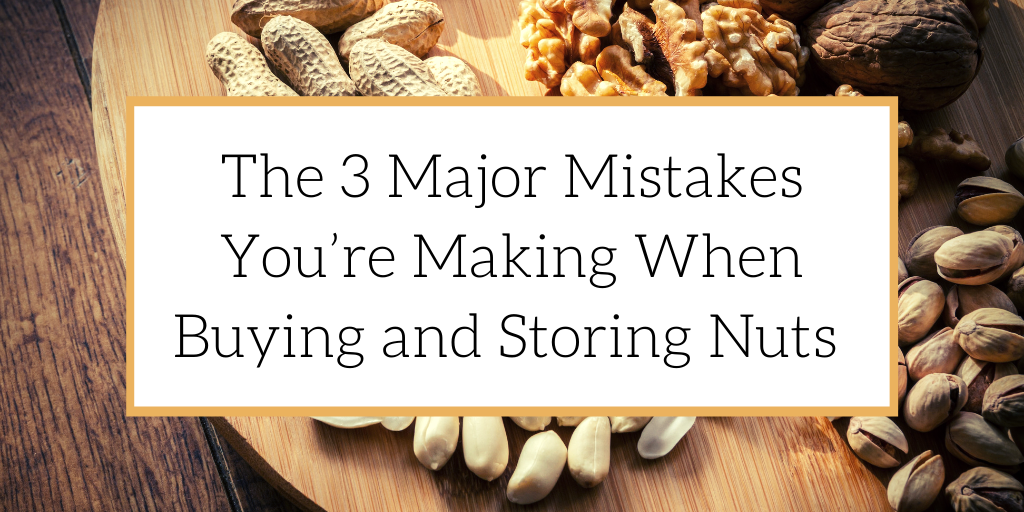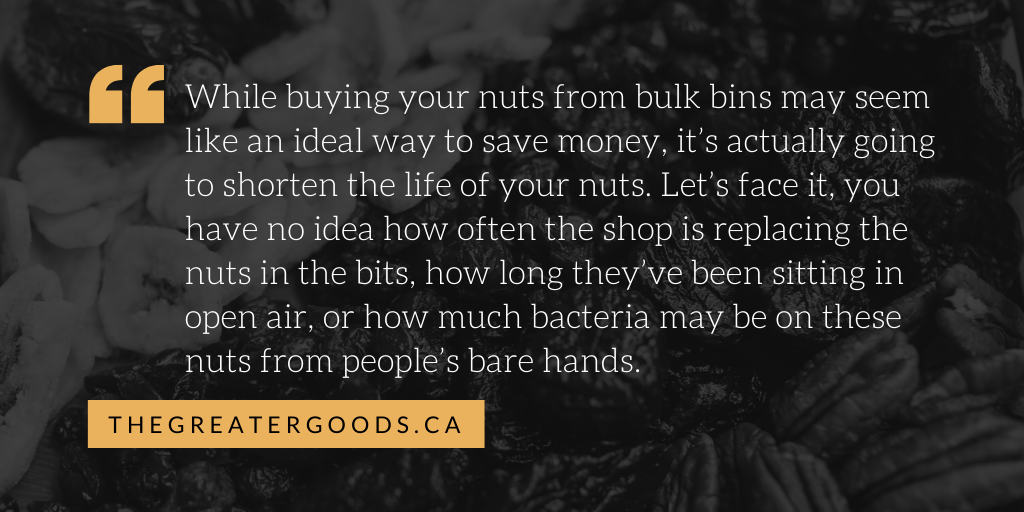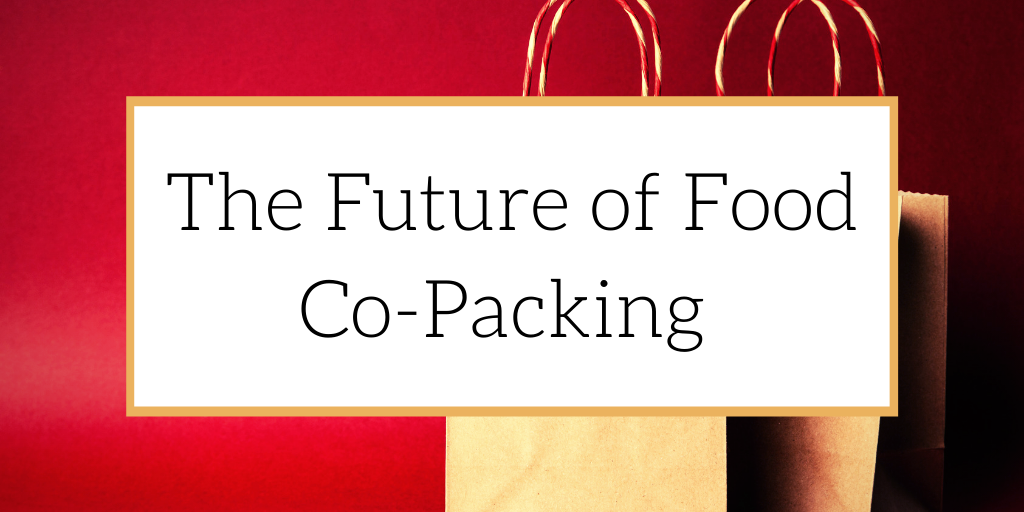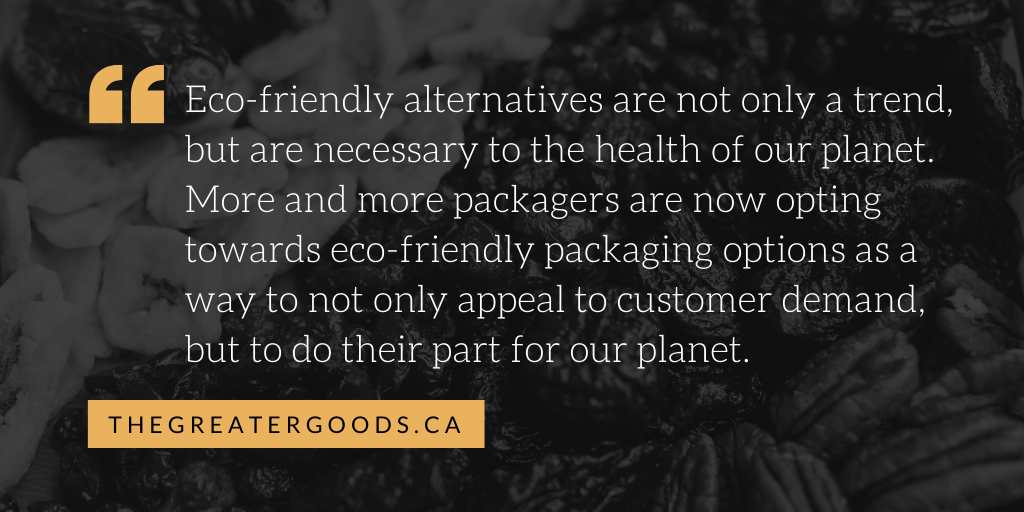With margins slim and competition fierce, you understand the importance of staying ahead of the competition as a food company. And food startup consulting firms tend to agree that keeping informed about food technology trends is one of the best ways to achieve this.
If you have to work harder (or pay more) than the competition to achieve a similar product, you’ll struggle to compete. Food industry technology can level the playing field and help even small-time food startups more quickly gain market share, maintain market agility, grow a successful food business.
This article will discuss two key areas you can leverage technology to outmaneuver and outperform the competition.
Labour Technology
This is a hot topic in 2021 when so many companies struggle to maintain adequate staffing and those who come into work every day feel overwhelmed because they have to carry more than their fair share. This phenomenon isn’t completely new, as a 2018 Deloitte Report estimated that 4.6 million industrial positions will go unfilled in the next ten years.
Labour technology can provide some solutions here. Many established companies are still relying on outdated legacy systems, and many think they’re saving money by running their systems until their last leg. But the truth is, modern technology can significantly improve workforce efficiency, allowing fewer employees to do more with less. The right technology pays for itself.
Technology such as the Food industry-specific enterprise resource management tool (ERP) can address labour shortages by:
- Tearing down silos, so people feel connected
- Showing people how what they do directly impacts the company’s mission and goals (That’s critically important for attracting and retaining Millennial workers.)
- Reducing frustrating miscommunication or communication delays that lead to bottlenecks and missed quotas.
- Automating monotonous tasks while reducing error
- Providing useful reports and analytics to leadership to continually improve conditions, safety, productivity, and perceptions
Trade Technology
As the world markets open up, even food startups have their sites set on expanding to international markets and may start planning for that eventuality now. Even if you see a two year or more horizon for this move, food startup consulting would often recommend that you start planning for this now and determining the trading technology you’ll need to tackle the unique challenges of global market expansion like:
- Keeping up with regulations and tariff changes in different countries
- Market and exchange rate volatility
- Country trends and cultural differences driving food-buying decisions
Here, technology can help as well:
- Track vendor performance
- Manage accounts payable across borders
- Automatically update the tools and resources employees use as regulations and trends change
- Quickly identify changes in buying, ingredient costs, warehousing, logistics through real-time reporting, analytics, and useful business intelligence, so you can make data-driven decisions.
How Food Startup Consulting Benefits Your Food Business
A food consulting company can help you identify the technologies that deliver the most value to you and your customers. We can help you evaluate new markets and enhance product development to stay ahead of consumer food trends. Our unsurpassed sourcing knowledge can ensure you’re getting the best price on the highest quality food ingredients. To learn more about food technology and consulting, we encourage you to book a free consultation.

